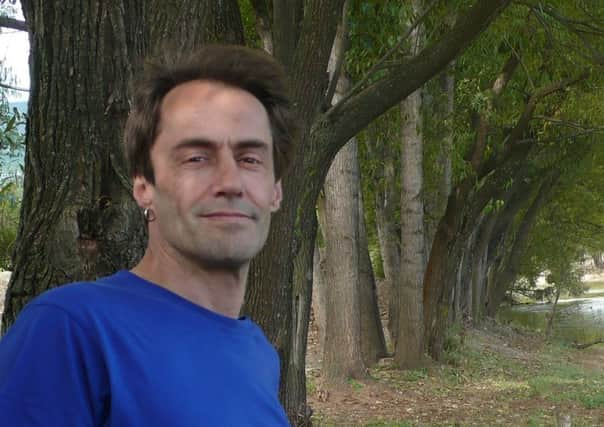Book review: The Last Wilderness, by Neil Ansell


This seriousness is often signposted with much self-conscious referencing of other texts about the natural world, and while there’s nothing wrong with nature writing as a sort of ruddy-cheeked literary criticism with added walking poles, it makes a refreshing change to read a book about the outdoors in which the author doesn’t feel the need to stop every five minutes in order to compare their own experiences to something they once read.
In The Last Wilderness, the journalist and author Neil Ansell sets out to explore the Rough Bounds of the Northwest Highlands (that is, the largely undeveloped districts of Knoydart, North Morar, Arisaig and Moidart) over the course of a year, making five solitary walks, each of a week or so in duration. And unlike many of his peers, he evidently doesn’t feel the need to bring his entire library with him every time he goes for a hike; when he does break off from describing his adventures in glorious technicolour, it’s usually to allow his mind to wander back to some tangentially-linked memory from his past. For most of 300 pages, then, we go where he goes and see what he sees.
Advertisement
Hide AdEntertainingly, Ansell isn’t really a map-and-compass kind of a guy, preferring to wander wherever the mood takes him, and as a result he often finds himself in the kind of predicaments that will have seasoned ramblers tut-tutting into their Thermos flasks – not least when he loses a trail he’s been sort of following, steps on a carpet of moss that is “growing on air” and ends up tumbling down a steep, craggy hillside, bruising his arm and cutting his face in the process.
While his rather cavalier approach to orienteering wouldn’t win him any Cub Scout badges, however, it does mean that he frequently ends up far from the beaten track, and as a result he meets more than his fair share of wildlife, from otters to golden eagles. “I like to think of an apparently empty landscape being full of creatures waiting for me to pass out of range,” he writes, “and when I do have a wild encounter, I feel I have crossed a threshold and been granted access to an alternate reality.”
Ansell’s enthusiasm for the natural world is infectious, and his approach to wilderness travel unfailingly optimistic (perhaps overly so), yet The Last Wilderness is often elegiac in tone. Partly this is because the author’s hearing is starting to fail, so he is able to hear less and less of the birdsong he loves, and partly it’s because his health is failing too. An account of a nocturnal angina attack sounds terrifying, yet the way Ansell tells it, an optimist to the last, the coming of the dawn feels like a rebirth: “I turned my gaze towards the heavens. Bring it on. Ice-cold raindrops lashed against my face; it felt like being alive.”
The Last Wilderness, by Neil Ansell, Tinder Press, £16.99